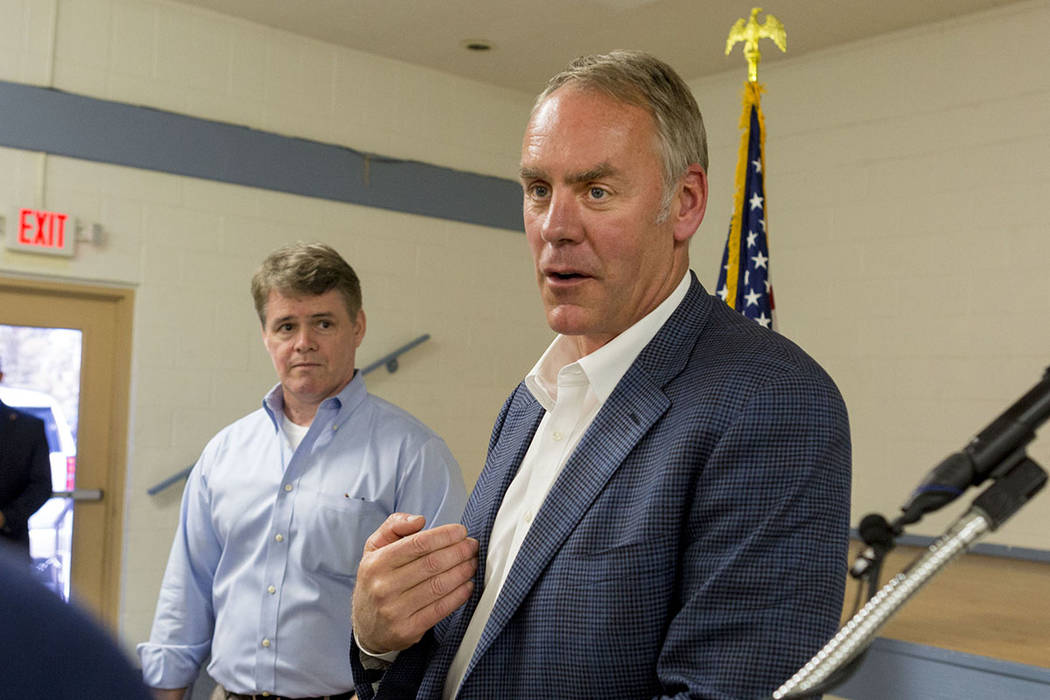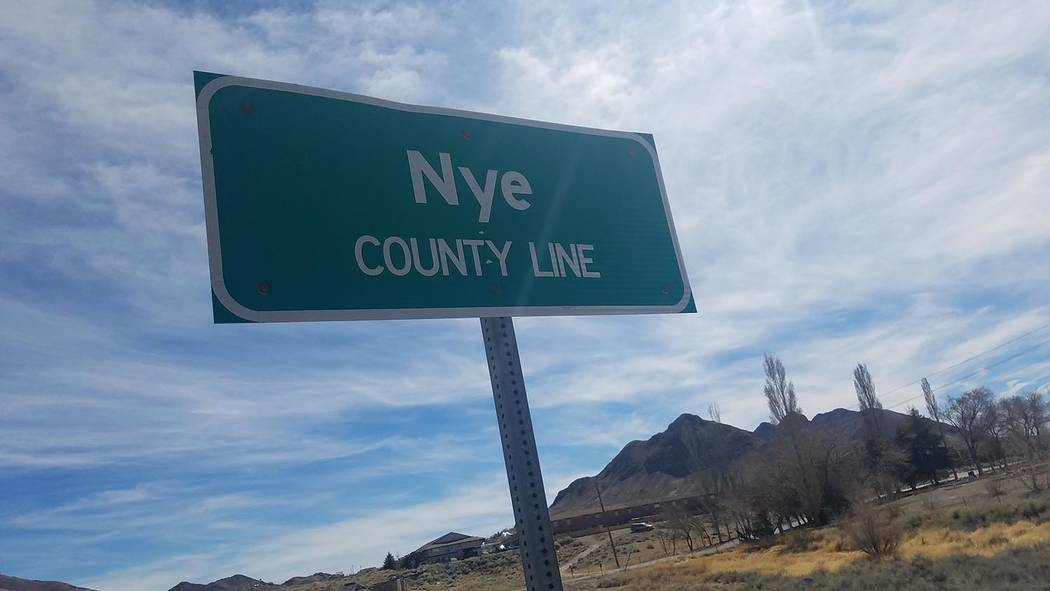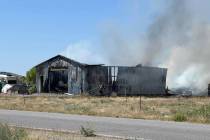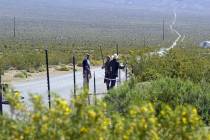Feds announce $27M in payments to Nevada
U.S. Secretary of the Interior Ryan Zinke announced 17 local governments in Nevada are receiving a total of $27 million under the 2018 Payments in Lieu of Taxes program, demonstrating the Trump administration’s commitment to local communities, the federal government said.
In Nye County, the total is $3,326,751 involving 8,548,402 acres, the department said. In Esmeralda County, the total is $144,021 involving 2,253,223 acres.
This is the largest amount ever allocated in the program’s 40-year history, the U.S. government said.
“Local communities contribute significantly to our nation’s economy, food and energy supply, and help define the character of our diverse and beautiful country,” Zinke said on June 27. “These investments often serve as a lifeline for local communities as they juggle planning and paying for basic services like public safety, fire-fighting, social services and transportation.”
The program involves federal payments to local governments that help offset losses in property taxes due to non-taxable federal lands within their boundaries, Nye County said in a statement.
Program eligibility is reserved for local governments that contain non-taxable federal lands within their boundaries. These jurisdictions provide significant support for national parks, wildlife refuges, and recreation areas throughout the year. The program seeks to compensate local governments for the inability to collect property taxes on federally-owned land.
“These investments are one of the ways the federal government can fulfill its role of being a good neighbor to local communities,” Zinke said. “President Trump has made job creation and opportunity in rural areas a top priority for his administration and strongly supported the (PILT) program.”
“Given that 85 percent of Nevada’s lands are managed by the federal government, the (PILT) program makes it possible for communities in Nevada to maintain critical public services across large swaths of federal land,” U.S. Sen. Dean Heller, R-Nevada, said in a statement released by the U.S. Interior Department.
“That is why I welcome the Department of the Interior’s announcement, which will help ensure that Nevada’s rural communities can continue to provide public services such as law enforcement and road maintenance,” he said. “As a strong supporter of the (PILT) program, I thank Secretary Zinke for recognizing my state’s needs and reaffirming his commitment to Nevada’s rural communities.”
Dagny Stapleton, executive director of Nevada Association of Counties said: “The majority of Nevada’s counties are made up of over 75 percent public lands and they rely on (program) funds to provide critical services. Even on public lands, counties are the ones who come when you call an ambulance or police. Counties also keep many of our roads maintained and provide important infrastructure in communities across the state.”
Using a formula provided by statute, the annual program payments to local governments are computed based on the number of acres of federal land within each county or jurisdiction and the population of that county or jurisdiction.
The lands include the National Forest and National Park Systems, lands in the U.S. Fish and Wildlife Refuge System, areas managed by the U.S. Bureau of Land Management, areas managed by the U.S. Army Corps of Engineers, U.S. Bureau of Reclamation water resource development projects, and others.
Since program payments began in 1977, the Interior Department has distributed approximately $8.5 billion to states and the District of Columbia, Puerto Rico, Guam and the Virgin Islands.
The department collects more than $9.6 billion in revenue annually from commercial activities on public lands, such as oil and gas leasing, livestock grazing and timber harvesting.
A portion of these revenues is shared with states and counties. The balance is deposited in the U.S. Treasury, which in turn pays for a broad array of federal activities, including program funding.
A closer look
Nye County will receive a 5.5 percent increase in funding this year through the program
The funding is placed into the Nye County General Fund, which helps subsidize the county's operations.
The program funding makes up about 10 percent of the county's operating budget, said Lorinda Wichman, Nye County commissioner.
County Manager Tim Sutton said the program is crucial and are used for a wide range of county services ranging including emergency response to county roads.
"Full funding of the PILT program for this year is promising," Sutton said. "We will continue to work with our federal legislators and lobbyists to remedy past underfunding of the program."
Source: Nye County






















